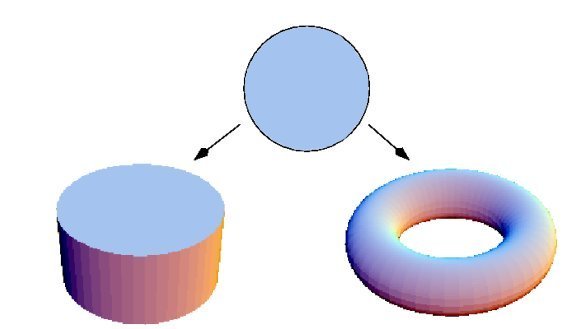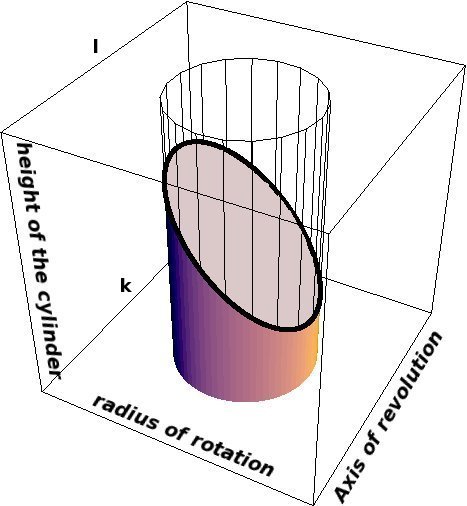- About MAA
- Membership
- MAA Publications
- Periodicals
- Blogs
- MAA Book Series
- MAA Press (an imprint of the AMS)
- MAA Notes
- MAA Reviews
- Mathematical Communication
- Information for Libraries
- Author Resources
- Advertise with MAA
- Meetings
- Competitions
- Programs
- Communities
- MAA Sections
- SIGMAA
- MAA Connect
- Students
- MAA Awards
- Awards Booklets
- Writing Awards
- Teaching Awards
- Service Awards
- Research Awards
- Lecture Awards
- Putnam Competition Individual and Team Winners
- D. E. Shaw Group AMC 8 Awards & Certificates
- Maryam Mirzakhani AMC 10 A Awards & Certificates
- Two Sigma AMC 10 B Awards & Certificates
- Jane Street AMC 12 A Awards & Certificates
- Akamai AMC 12 B Awards & Certificates
- High School Teachers
- News
You are here
James Gregory and the Pappus-Guldin Theorem - Gregory and the Trunk
Appearing in 1668, Gregory's proof was not the first proof of the Pappus-Guldin Theorem, but it is noteworthy in that it introduces a new 3-dimensional geometrical figure called the "trunk" to approach the problem. Given a planar figure there are two seemingly disconnected types of 3-dimensional solids constructed from this figure, right cylinders and solids of revolution.

In our diagrams we use the torus and the circular cylinder, the solid of revolution and cylindrical figure generated from a circular base, because they are easiest to render, but any 2-dimensional figure will suffice as a base. Gregory's trunk is a third type of solid figure constructed from the planar figure that connects the two other solid figures using Euclidean proportion theory.
To construct a trunk, start with a 2-dimensional figure. This figure can be stacked on itself to form a right cylindrical figure in the usual way or it can be revolved around an axis of revolution lying in the same plane as the original 2-dimensional figure to form a solid of revolution. To form a trunk, slice the cylindrical figure by a plane passing through the axis of revolution. The portion of the cylinder lying between the slicing plane and the base plane (the shaded portion of the figure below) is what Gregory calls simply the "trunk" of the cylindrical figure. When he needs to distinguish between the portion of the cylindrical figure above the slicing plane and the portion below the slicing plane he will also refer to the portion above the slice (the wire frame in the figure below) as the "upper trunk" and the portion below the slice as the "lower trunk" of the cylindrical figure.

The top of the cylindrical figure lies in a plane parallel to the plane of the base. The slicing plane which makes the trunk will intersect this in a line l. Through the line l drop a plane perpendicular to the top plane. This plane will also be perpendicular to the base plane and intersect it in another line k parallel to the axis of revolution. Gregory calls the distance between k and the axis of revolution the radius of rotation. Note that there are actually many trunks, depending on the choice of slicing plane. However, we assume that we have chosen one fixed trunk and consequently the radius of rotation will be fixed as well.
The bulk of Gregory's work in proving the Pappus-Guldin theorem will be devoted to establishing proportions between the trunk and the cylindrical figure, as well as between the trunk and the solid of revolution.
Andrew Leahy (Knox College), "James Gregory and the Pappus-Guldin Theorem - Gregory and the Trunk," Convergence (February 2010), DOI:10.4169/loci003262




